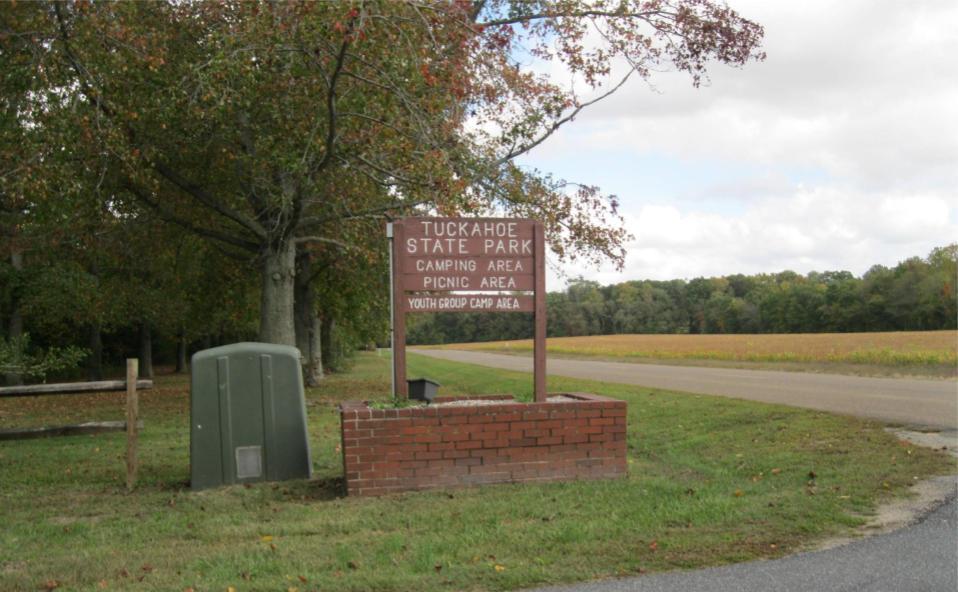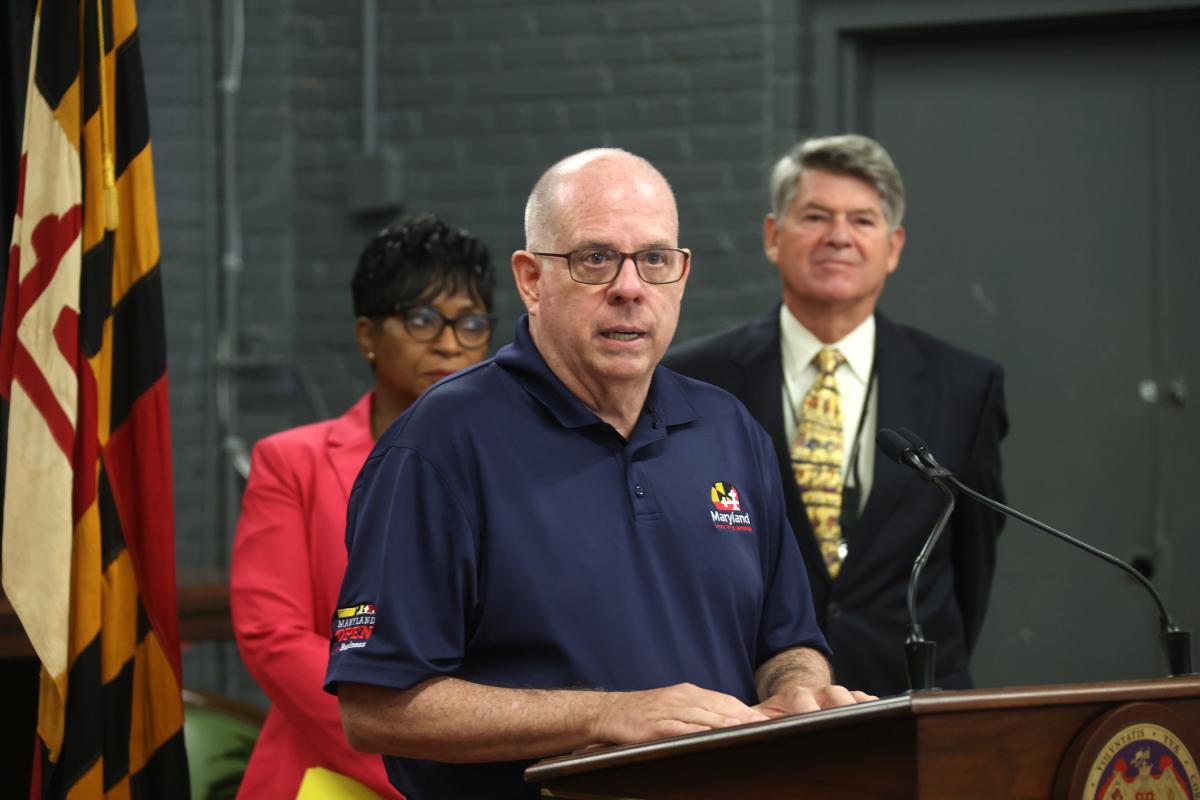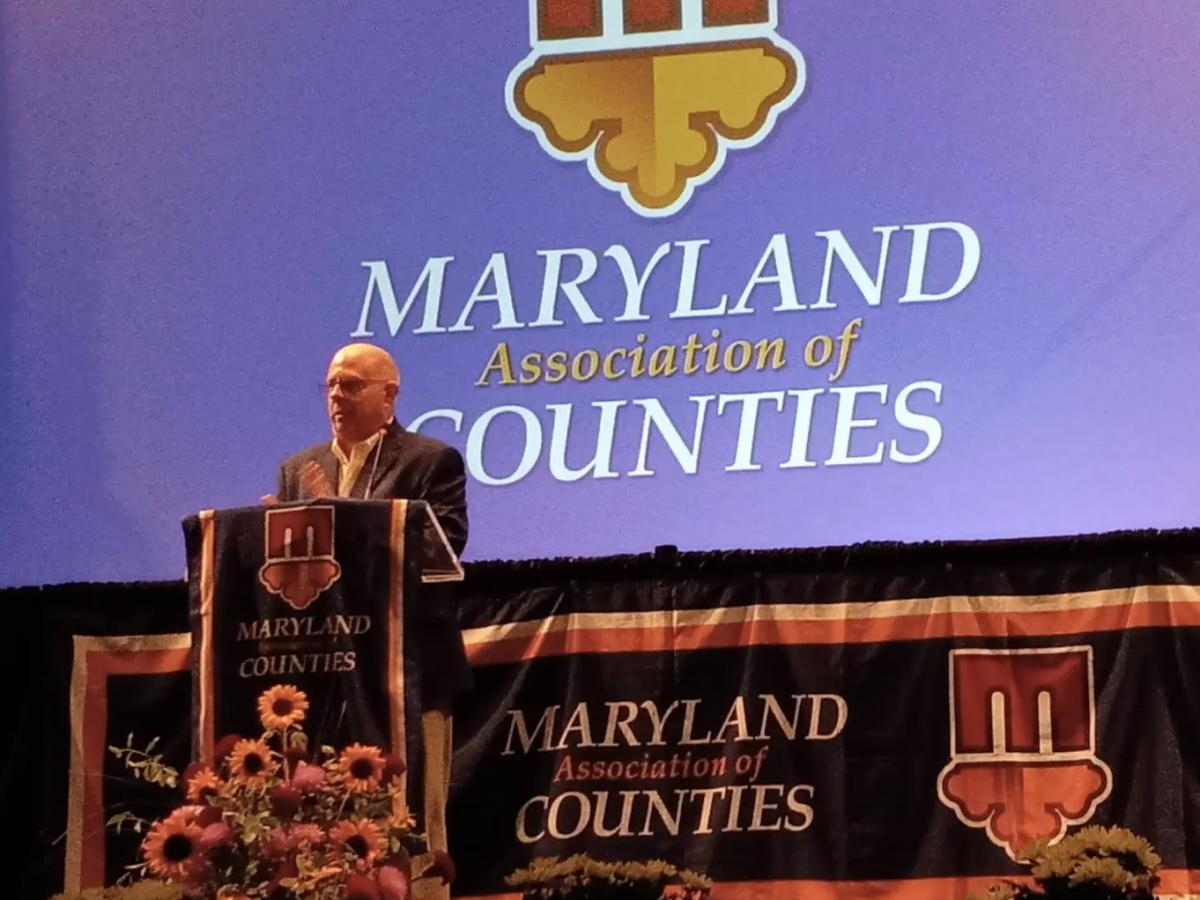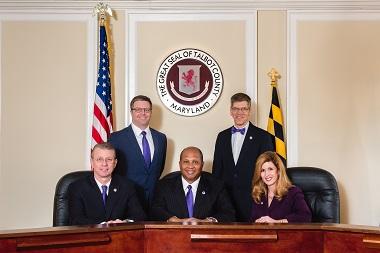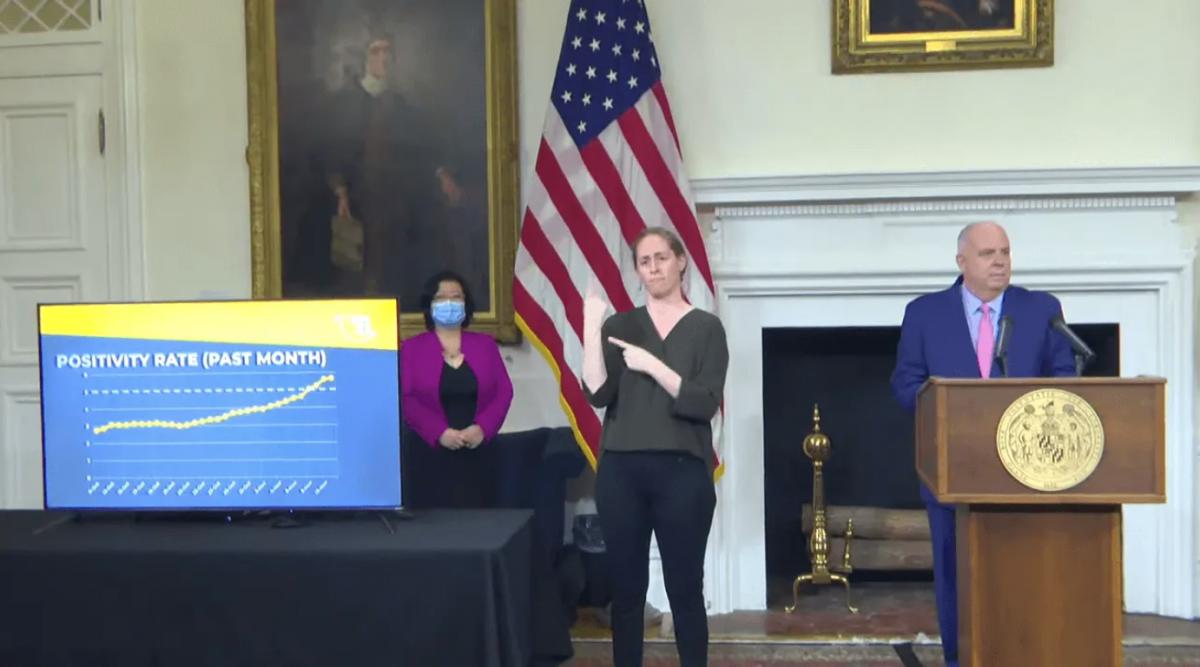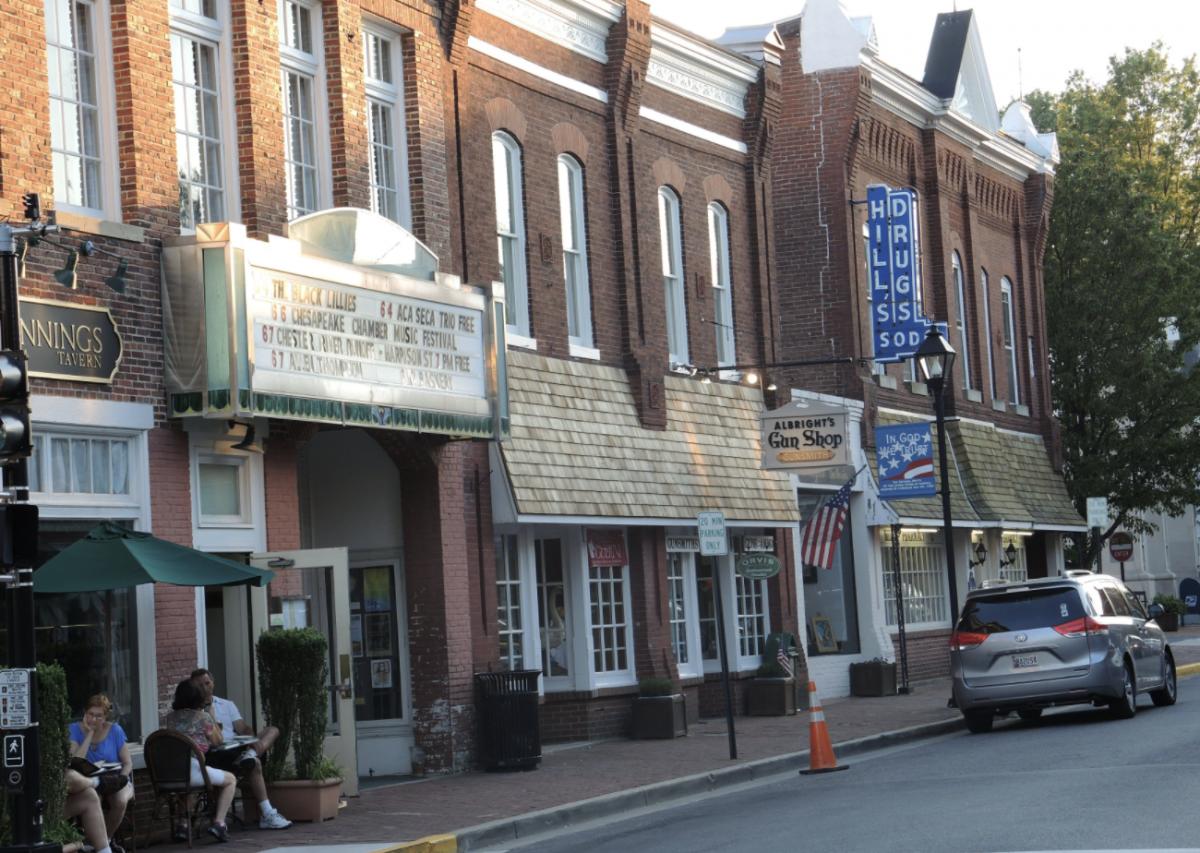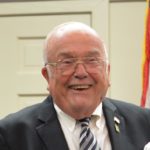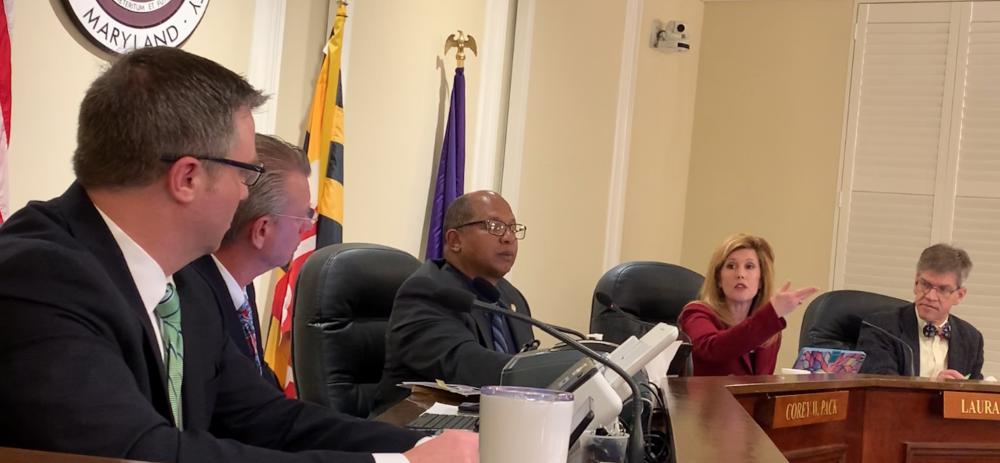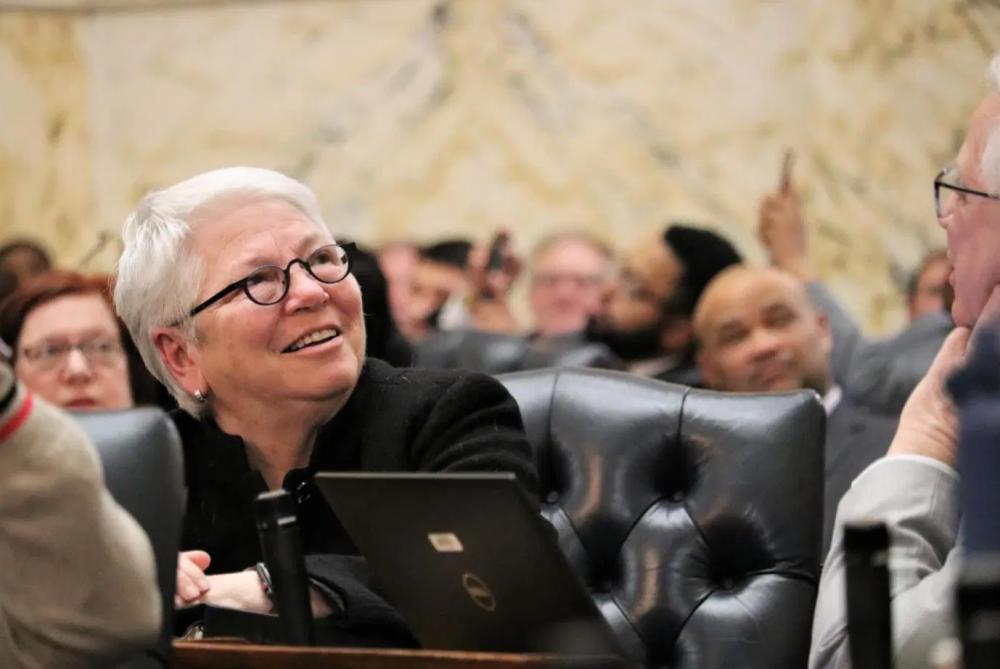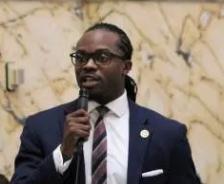Maryland state parks desperately need a boost in funding to hire more permanent staff and update old infrastructure if they want to meet growing demands for park access, state park leaders told lawmakers on Tuesday.
Due to years of low funding and understaffing, park rangers in state parks are overburdened and need support, state park leaders said.
For instance, it took 500 hours for staff to remove nearly 10,000 pounds of trash along a half-mile stretch of the Gunpowder River in Gunpowder Falls State Park in Baltimore County last summer, Dean Hughes, president of the Maryland Rangers Association, told the State Park Investment Commission Tuesday.
“We’re seeing how the sheer number of people is causing irreparable damage to sensitive environments,” he said.
State parks also are losing some of their rangers, who work at or near state minimum wage ($11.75), to the private sector and parks in Anne Arundel, Howard and Baltimore counties which offer better wages, Hughes said.
Although some park rangers do leave state parks to work for county parks, most of the time they think, “this is just not worth it,” said Chris Czarra, a park ranger at Patapsco Valley State Park and a member of Maryland Professional Employees Council Local 6197.
Czarra said that park rangers want yearly wage increases and to be recognized as first responders since they are trained to provide some of the same emergency services that emergency medical technicians and police provide.
“Every day, you don’t know what you’re going to be dealing with and your plans are always being upended by circumstances in the park,” he said.
To meet growing demands, new state parks have opened but without additional permanent staff, Hughes said.
For example, Wolf Den Run State Park in Garrett County opened in 2019 but is managed by the same staff responsible for Herrington Manor and Swallow Falls State Park.
And if a park ranger is on sick leave, there is no trained staff person to substitute, Czarra said.
Meanwhile, park visitors increased during the COVID-19 pandemic.
Unrealistic workloads and low wages make a career within the park service an unattractive option to future stewards, Hughes said.
“The current trajectory of our state parks is simply not sustainable, and we’re in desperate need of a major investment to meet our state’s growing demand for outdoor recreation,” Hughes said.
There is also a disparity between the resources of state parks and national parks. Assateague State Park only has 10 permanent employees, but Assateague Island National Seashore has 50 permanent employees and, with seasonal staff, twice as many on hand in summer, Hughes said.
With an annual operating budget of around $50 million for Maryland state parks and with 21 million visitors last year, spending around $2 per visitor is not enough, Hughes said.
Mel Poole, president of Friends of Maryland State Parks, a volunteer organization, recommends that the state park system add at least 100 permanent staff positions to address the pre-pandemic visitation levels alone.
Poole also estimated a backlog of $100-million worth of maintenance work that was delayed and must be addressed in next year’s budget.
Park rangers want funding to upgrade bathrooms, sewage treatment systems and replace out-of-date maintenance equipment. Some is so outdated that it costs more to pay rangers overtime to repair it than it would to buy new equipment, Czarra said.
Funding is even more dire for local park systems, especially in Baltimore, said Frank Lance, president of the Parks and People Foundation, a non-profit that seeks to improve the quality of life in Baltimore by increasing access to green space.
Lance said he regularly meets with the director of Baltimore City Recreation and Parks Department to figure out how to make a difference in disenfranchised communities. “But from a funding source, we’re trying to make bricks without straw,” he said.
Joel Dunn, president of the nonprofit Chesapeake Conservancy, also recommended that the state develop a long-term capital budget plan separate from Program Open Space, which is run by the Maryland Department of Natural Resources and provides financial assistance to local governments to support recreational land and open space areas.
The federal Great American Outdoors Act that passed last year allocates $900 million annually to the Land and Water Conservation Fund and provides up to $9.5 billion over five years to address the maintenance backlog at national parks. Dunn suggested that lawmakers could follow this national funding model for Maryland state parks.
Hughes said he would like to see the State Park Investment Commission bring about progressive policies for state parks as the Kirwan Commission did for education with its landmark Blueprint for Maryland’s Future.
By Elizabeth Shwe
